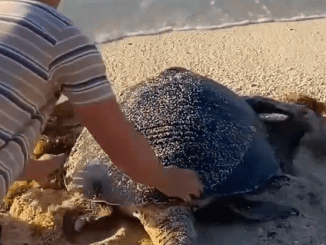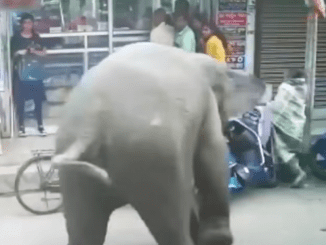The Fierce Battles of Bongo Antelopes: Mating Rivalries in the Animal Kingdom
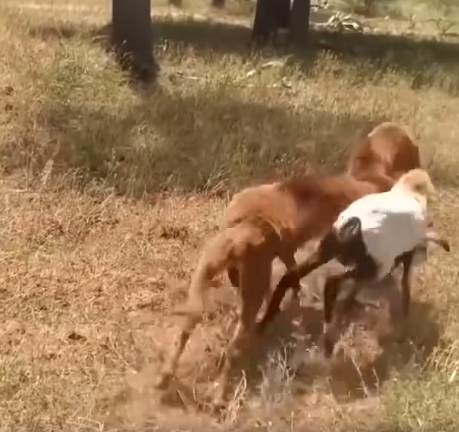
In the animal kingdom, mating rituals and competitions are often as intense and dramatic as they are fascinating. Among these natural spectacles, the battles fought by male bongo antelopes for the opportunity to mate with a female are particularly noteworthy. These contests not only showcase the physical prowess of the males but also highlight the intricate dynamics of reproductive strategies in the wild.

1. Introduction to Bongo Antelopes
The bongo antelope (Tragelaphus eurycerus) is a strikingly beautiful species native to the dense forests of Central Africa. Characterized by their reddish-brown fur, distinctive white stripes, and large, spiraled horns, bongos are among the most iconic antelope species. They live in small herds and are known for their elusive behavior and preference for forested habitats.
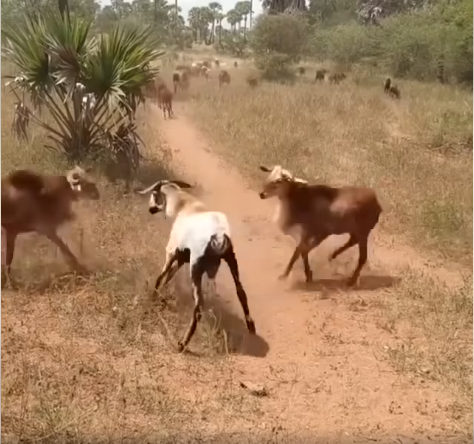
2. Mating Battles: A Test of Strength and Strategy
Male bongos engage in dramatic and often brutal battles to win the favor of females during the mating season. These confrontations are crucial for determining which males will have the opportunity to reproduce. Here’s a closer look at these fascinating battles:
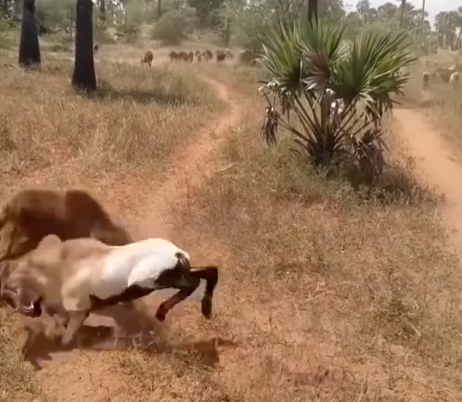

Physical Combat: The primary method of competition among male bongos involves direct physical combat. They use their large, curved horns as weapons to engage in head-to-head clashes. These battles are intense and can be prolonged, with males using their horns to push, shove, and try to topple their opponents. The victor of these battles earns the right to mate with the females in the area.

Ritualistic Displays: In addition to physical fights, male bongos often engage in ritualistic displays that serve to establish dominance without immediate violence. These displays include vocalizations, posturing, and mock charges. Such behaviors help to minimize the risk of injury and can sometimes deter rivals without the need for full-scale combat.
Resource Control: Access to resources such as feeding grounds and water sources can also play a role in these battles. Males that control prime resources are often in a better position to attract females, leading to additional competitive pressures.
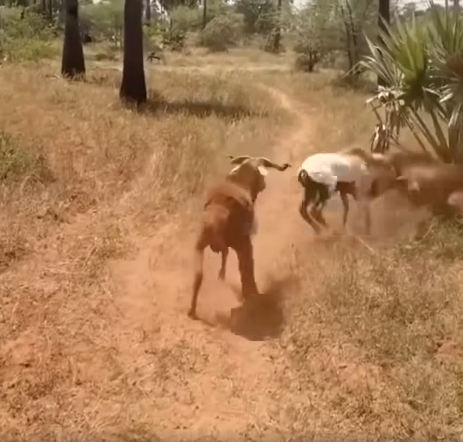
3. The Role of Horns in Mating Competitions
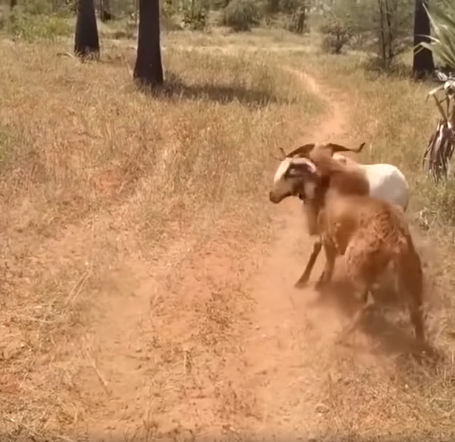

The horns of male bongos are central to their mating strategies. These impressive structures are not only used for combat but also serve as a display of fitness. Larger, more symmetrical horns are often seen as a sign of a healthy and strong individual, giving males with such traits an advantage in attracting mates.
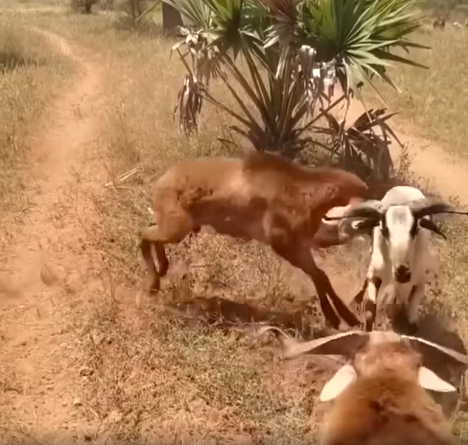
Horn Growth and Maintenance: Horns grow throughout a bongo’s life and require significant energy to maintain. The size and condition of a male’s horns can be indicative of its overall health and genetic quality, which are important factors in female selection.
Impact on Social Structure: The presence of dominant males with superior horns can influence the social dynamics within bongo herds. Lesser males may be pushed to the peripheries of the herd or may form smaller, separate groups.


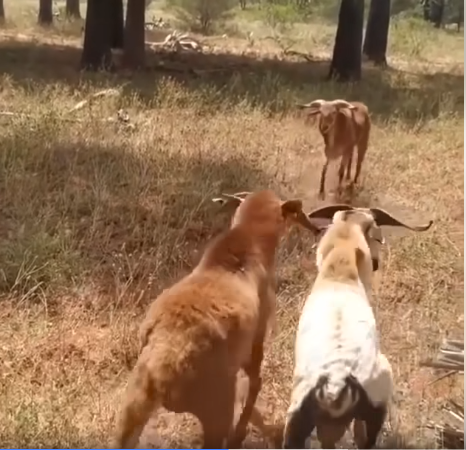
4. Conservation and Changing Dynamics
As human activities increasingly encroach on bongo habitats, the dynamics of these mating battles are being affected. Habitat loss and fragmentation can lead to reduced populations and altered social structures. Conservation efforts are crucial to ensuring the survival of this species and the continuation of their natural behaviors.
Habitat Preservation: Protecting the forests and habitats of bongos is essential for maintaining their populations and ensuring that natural mating behaviors continue.
Monitoring and Research: Ongoing research and monitoring of bongo populations help to understand how environmental changes impact their behavior and reproductive strategies. This information is vital for developing effective conservation strategies.
Conclusion
The battles fought by male bongo antelopes for mating rights are a vivid example of the natural competition and selection processes that shape wildlife. These contests highlight the physical and strategic adaptations that have evolved in response to reproductive pressures. As we continue to study and protect these remarkable animals, we gain valuable insights into the complexities of natural behavior and the importance of conservation in preserving the delicate balance of the ecosystems they inhabit.
